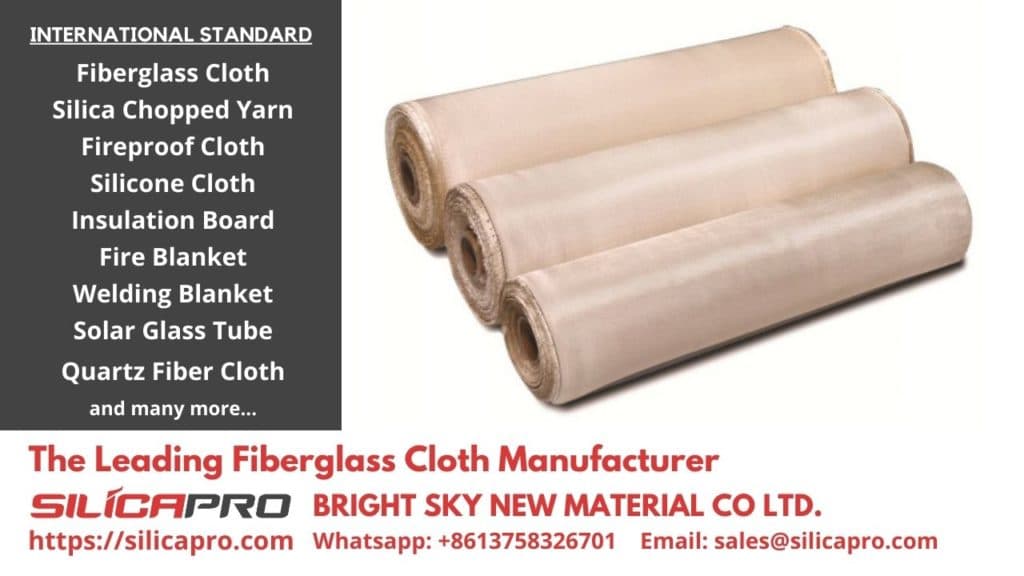
Did you know that there are several types of materials used to make airplanes or cars? Examples are glass fiber and quartz fiber. These are just two examples of the various kinds of materials that exist. Then, what is the difference between quartz fiber vs glass fiber or other materials in its use? Why not just use one type of material to make the things you need?
Many have differences from one material to another. But this time, we will only discuss the differences between quartz and glass fiber. Let’s take a peek at the differences; which one is the best?
Contents
What is Quartz Fiber?
Quartz fiber is obtained from a chemical compound in the form of crystals called quartz. By going through several stages, the quartz crystal will change shape into a fiber. In the market, the price of quartz fiber is more expensive. It’s because of the crystal clear quartz. So, that it affects the selling value of the quartz fiber itself. Then, what is the price difference between quartz fiber vs glass fiber?
Quartz fiber has a lower density than glass fiber. However, this fiber has a higher strength than glass fiber. It has a stiffer texture than E-glass, so the durability of this fiber can be said to be higher than the two types already mentioned.
This fiber can maintain its working power even at temperatures up to 1250⁰. However, a note, the presence of fiber at high temperatures in maintaining its performance can only last for a short time. Another advantage of quartz fiber is that it has greater electromagnetic properties than glass fiber.
In general, quartz fiber is used as a material for the manufacture of electronic devices, such as radio, television, watches, and much more. But not infrequently, this material is often found in airplanes. This can be said to be the similarity between quartz fiber vs glass fiber.
What is Fiberglass?
It is also one of the most common types of fiber found in the market. In general, all types of fiber are glass-based. Remarkably, this glass fiber is the oldest among the other fibers. Until now, this type of glass fiber is also the most widely used in the aerospace field. Because it can replace metal materials that are heavier than glass fiber, it can be pitted between quartz fiber vs glass fiber regarding which one is lighter in weight.
Not inferior to quartz fiber, glass fiber also has advantages. Among them are more resistant to impact, do not have a rigid texture, and do not break easily. How to get this fiber? In general, the process of making fiber is the same, namely by melting first.
The raw materials will be melted first. Then it is pulled to produce a fine and abrasive filament. The main raw material in the manufacture of this glass fiber is silica sand. However, in the manufacturing process, other materials such as metal oxides can be added. The manufacturing process can use several types of methods, depending on the application of the fiber.
In general, the process of making glass fiber consists of 5 stages. Namely batching, melting, fiberization, coating, and packaging. In the batching stage, the raw material grouping process is carried out.
Furthermore, the raw materials that have been grouped will be melted in the melting stage. The next step is the manufacture of fiber. The finished fiber is coated at the coating stage. Lastly, fiber is packaged as needed. This process will not go far in the manufacture of quartz fiber vs glass fiber.
So, you can already tell the difference between quartz fiber vs glass fiber, right? Which one do you think is the best? What is best for other people may differ from yours. However, usually, the price does not lie about an item’s quality.
Quartz Fiber & Glass Fiber Manufacturer in China
Are you confused about choosing a manufacturer to meet your needs in the fiber sector? Don’t get me wrong, Silicapro is a professional. Provides various types of fiber. Such as high silica fiberglass cloth, chopped yarn, and many more. We have more than 18 years of experience. We have also served several consumers from various countries. So, appoint us as your partner in completing your fiber needs.
